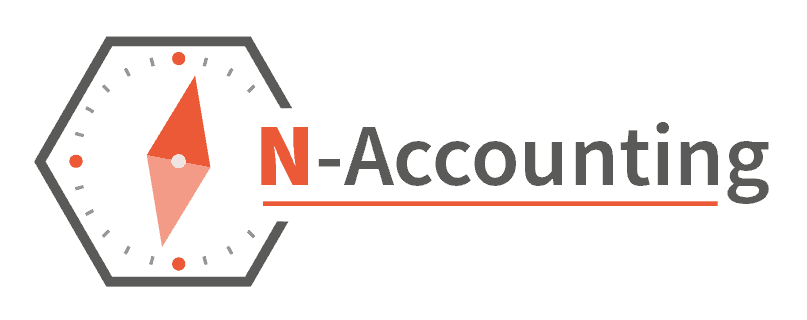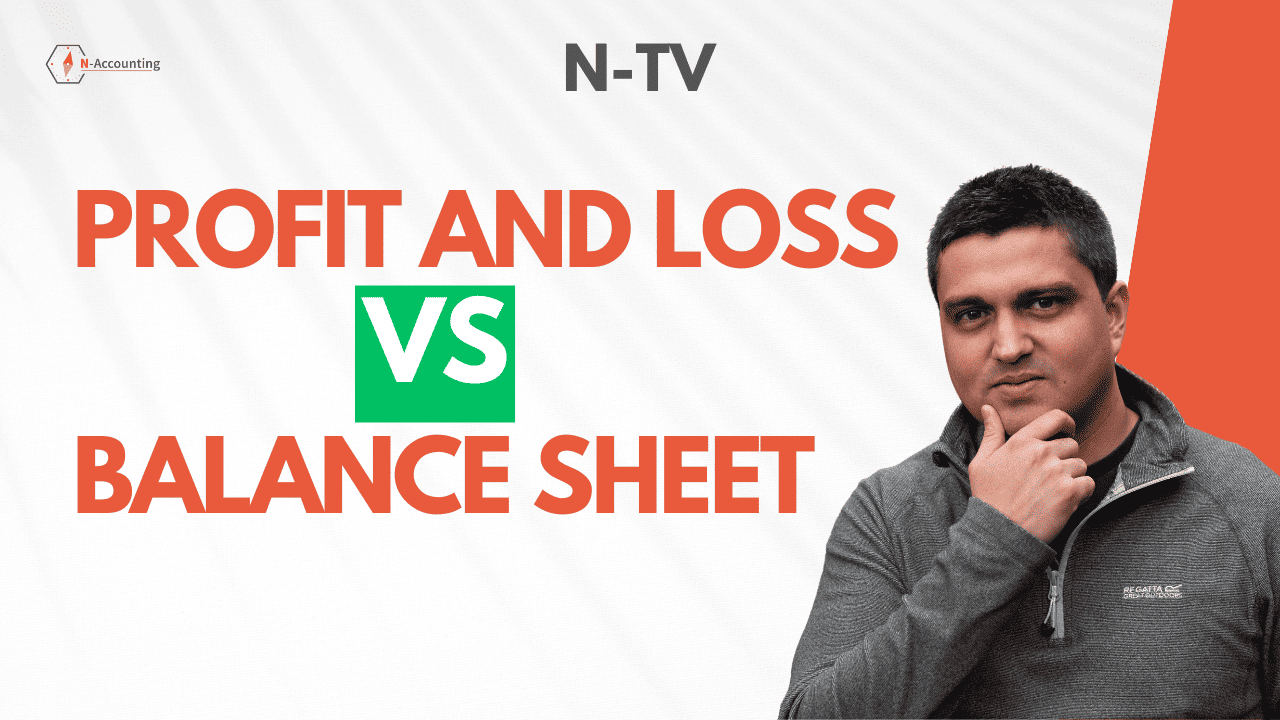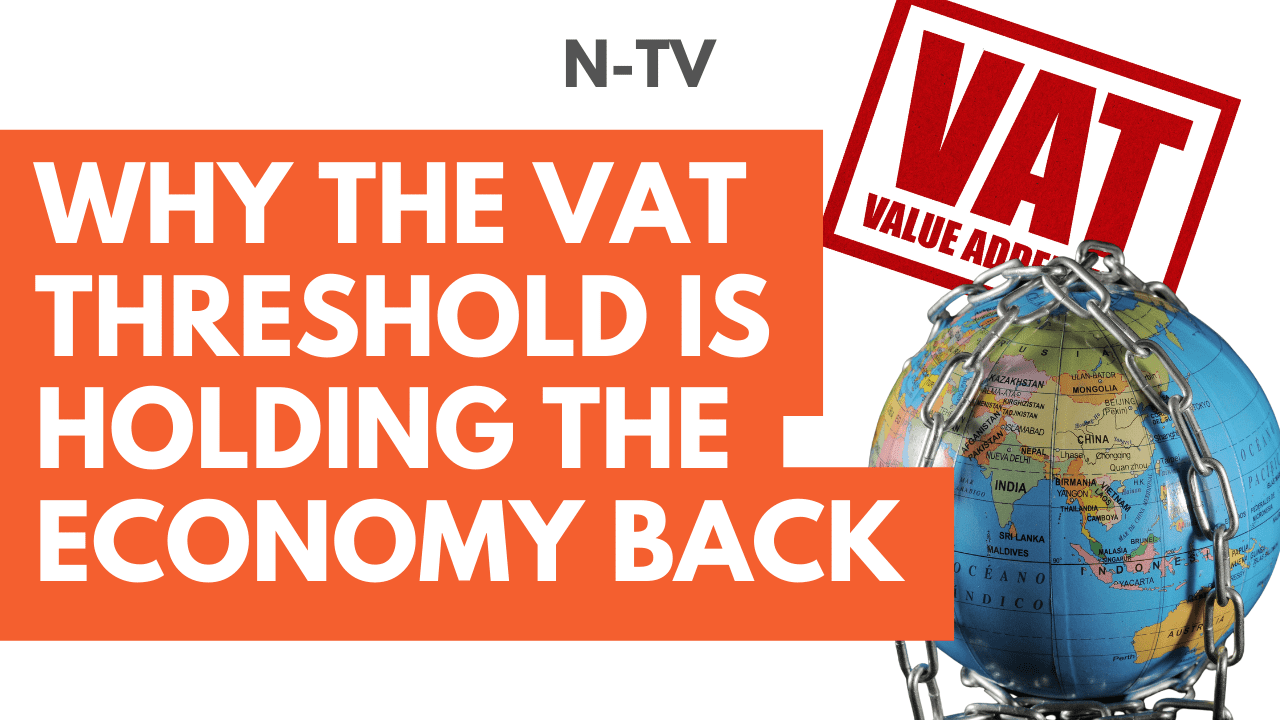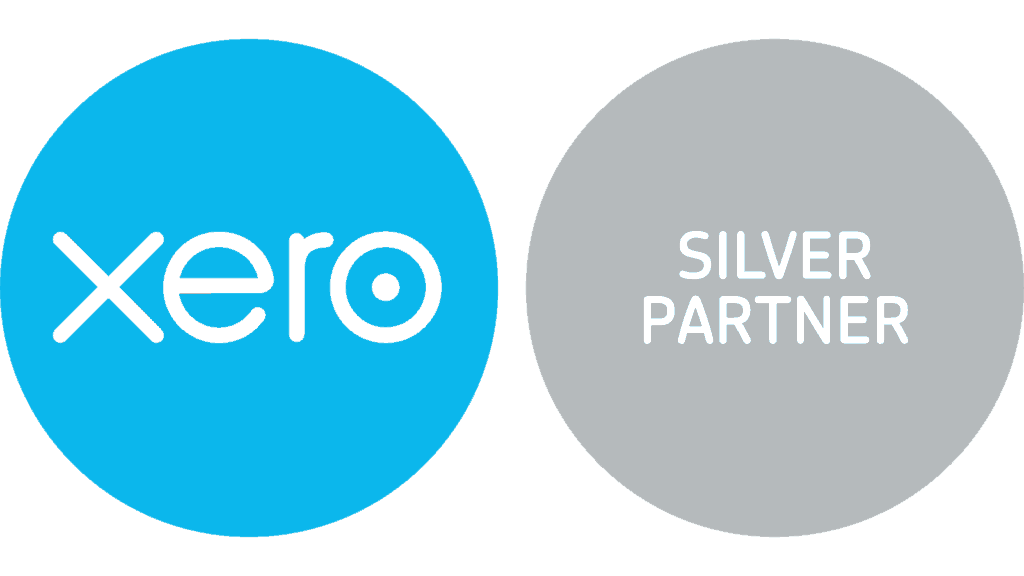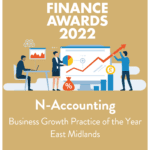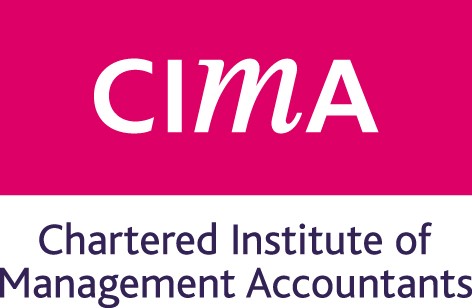Contents
What is financial anxiety?
Why is it so much worse for business owners?
Common financial stress factors and the solution
Summary
What is Financial Anxiety?
Financial anxiety effects most people at some point in their lives whether they are employed in a job or are a business owner, and it can leave them feeling insecure, frightened, depressed and in some cases like a failure. In this article I want to help build an understanding of financial anxiety from an entrepreneurs perspective and discuss some highly effective strategies to deal with it. If you do have any of the feelings I just described then you must address them, because not only will they damage your mental health, but in the worst case will trigger a self fulfilling prophecy whereby you start making bad financial decisions and destroy your opportunities.
I’m not a psychiatrist, psychologist or any other type of medical professional, I’m writing this article as someone who just completed his first ten years as a business owner and also as an accountant who has worked with hundreds of small businesses over the years, so I have first hand knowledge of this issue.
Tell tale signs of poor financial mental health
Financial anxiety can affect small business owners in different ways, from having sleepless nights and difficulty concentrating, to cutting back on social events or their social life in general. It could also mean they avoid checking their bank balance, leave bills unopened, or save obsessively ‒ or, at the other end of the scale they overspend, start obsessing over finances, binge on junk food, and start neglecting exercise.
Why is it so much worse for business owners?
There are several factors that amplify the impact of financial anxiety for business owners over and above the amount your average adult in the UK would feel, and the sad fact is that many of them will succumb to it because the statistics are certainly not pretty.
Mental health is a very relevant topic for most successful entrepreneurs and when you look at the statistics it’s obvious why. On average one in six people in the UK are suffering from mental health issues, however when you look at business owners that goes up to half which means they are three times more likely to suffer.
Small business owners in the UK will be sad to learn that on average their mental health lags much further behind their peers in other developed countries. This Xero survey shows that the mental wellbeing of business owners is not only behind that of the rest of the population, but the UK is last in this group.
Lack of Support
One in six working age adults in the UK are self-employed and only a quarter of those hire staff and could be considered a business, which means that only 4.3% of the working population are actually business owners.
While there is a lot of content available to help your average person who has a job, there is almost nothing that focuses on the financial mental health challenges that business owners experience. There is usually also a lack of people to actually turn to if they need to talk things through, while there maybe many who will lend a sympathetic ear, very few of them will really be qualified to advise.
Scale of Your Own Business
The average person might have financial fears based around paying their bills or losing their job, however if they have a team then the chances are their financial worries will be about providing security for those staff members, in addition to that their overheads are likely to be much larger and after all that they still have to manage their own personal finances.
In general the finances of a business happen at a larger scale, higher level of complexity and a faster pace, this means that much of the time they are very hard to keep track of and this creates uncertainty which fuels money worries for anyone who has their own business.
Cost of Living Crisis
It is interesting that average salary growth actually outperformed inflation during the recent crisis and, while that would have provided temporary relief to many people in employment, it is certain to have put a lot of financial stress on anyone running a business. They would have been in a situation whereby their costs were going up, but with lots of pressure to not increase prices.

Common financial stress factors in business
Unpredictable sales
One of the biggest triggers of financial anxiety in business comes from the rollercoaster some experience when it comes to their sales pipeline. One month they might be far ahead and then something can happen which will make their prospects or customers dry up and the phone stop ringing.
It is vital to identify seasonal trends and explore opportunities to diversify a business to ensure that it can offer value at all times of the year, not just in peak periods. In addition to this, many successful businesses have introduced a subscription based business model, which is a great way to reduce money anxiety because it leads to a more consistent form of income.
One of the best ways for someone to reduce their financial fears and push their business forward is to build a sales and marketing funnel which allows them to control the volume of leads they receive by turning the marketing tap on and off. This could be through using a pay per click advertising or outsourcing telemarketing to generate leads, then having a great nurture process to convert them into sales.
Payment terms
Offering credit to customers is often one of the most financially stressful things a business can do and usually this works by providing a service or product and then letting them settle 30, 60 even 90 days later. This kind of model in many industries can be considered normal, but it can also be one of the biggest barriers to a company’s success and achieving financial stability.
While a customer has credit there are many things that can go wrong, like them paying late or going bust and not being able to pay at all. At the same time the business owner also has to put the energy into managing that debt and also manging their own cashflows as they will probably still have expenses going out. The solution to this is to just stop giving payment terms, because the perception of them being a deal breaker is usually not the reality and many customers will continue using a business based on its other merits.
Debt and Poorly Managed Business Finances
Debt can be a cause of financial related stress mainly due to mindset issues and upbringing, where people are taught that it is desirable to be debt free and only rely on their own money to create financial growth.
Just because a business is in debt, doesn’t mean that a business can’t manage finances responsibly and it is important in order to build more financial confidence, that a small business owner can understand the difference between a business loan taken out for the right reasons. For example to invest in new people, marketing or equipment and one that has been taken for the wrong reasons, which is to cover for underperforming areas like pricing strategy and productivity issues.
Sometimes an injection of cash can lead to businesses overlooking issues that relate to an underlying challenge with the business model and areas in which they are spending money wastefully. One of the best ways to reduce financial business related stress is to adopt the Profit First model and focus on making the business profitable without borrowing.
If they do decide to borrow in order to create financial growth then it is vital that they understand the difference between investment and expenses, without this they could spend money in a way that won’t provide a return and as a result the debt could have been for nothing.
It is also worth undertaking a debt review, because there have been so many instances I’ve seen small business owners use the wrong types of business debt in the wrong situations. Quite often one of the top solutions is to consolidate borrowing and pay it off faster by reducing the interest being paid.

Pricing and Inflation
Rising prices and costs can be incredibly challenging for anyone trying to maintain a profit and their cash flows. There is often a feeling of being left behind due to the pressures small businesses face when it comes to passing on increasing costs. Unfortunately dealing with price increases isn’t something that they can bury their head in the sand over, and it will eventually come to a head with catastrophic results.
Those results could be a key member of the team leaving because they can’t afford to pay a competitive salary, it could be damage to their standards and reputation because they are forced to do more work to compensate for the reduced margins. Or it could even be the owner becoming demotivated due to their reduced profits, then burning out or giving up.
Having a healthy and realistic conversation with your team and customers about pricing and costs is essential in order to deal with this effectively.
Poor Financial Literacy
One of the main reasons that people worry about money is because they just don’t understand it and this leads to low financial confidence, which means they can’t budget effectively or control their spending. It is absolutely vital that time is taken to understand any financial matters that impact them and that all contracts and agreements are read carefully before they are signed. The world of business finance is far less regulated than that of individuals, and it is easy to get unintendedly tied into long term agreements with really adverse terms that you can’t get out of.
A great solution to this is to build a close relationship with an accountant and get used to having conversations on a regular basis around tax and financial opportunities or risks. A business owner having an understanding about their responsibilities around filing taxes and paying their bills can really ease their mind.
Many accountants are highly qualified individuals and one of the sad things about our industry at the moment is that their isn’t an expectation to provide any support beyond just tax and the audit process, this often leads to a large part of an accountants skill set being under utilised, so it really is worth building a financially holistic relationship with an accountant.
There are also many great budgeting apps as well as types of accounting software available and they can make it far easier then it’s every been for someone to keep track of their money and how they are spending it.
Cash flow challenges
It is normal to worry about cash flow, but over the last ten years there has been huge advances in the software available to manage it and in particular we have introduced Float to our clients. The best solution to dealing with cashflow issues is to build and maintain a plan to gain a long term understanding of the financial impact of the decisions that are being made today.
Float is excellent because it connects to Xero and helps entrepreneurs not only manage the long term risk and understand where their cash flows are weak, but it also lets them run what if scenarios like creating a backup plan to help with strategy, and it tests their assumptions about what they financially believe.
Focusing on the Worst Case Scenario
There are a lot of things that can go wrong, but there are also a lot of things that can go right. Always thinking about the worst case outcome is one of the major triggers of financial anxiety, which is why the most successful people I’ve seen instead focus their thoughts on the most likely scenario instead. The energy that goes into creating a backup plan should the worst case arise is often the reason it does, because it is a distraction away from putting energy into the desired result.
I also make small changes to my lifestyle to ensure I’m subconsciously triggering an abundance mindset, for example keeping lots of cash in my wallet, having a full fridge at work and home, keeping my electric car and phone charged up, and avoiding negative people.

Not having the right team
The reason why it is essential to hire dedicated people is because someone is only an average of the people they are surrounded by. If there are team members who aren’t pulling their weight but are sucking up the salary budget then it is a great cause for worry because it means that instead of being able to focus on growth and strategy, the directors are often drawn into more mundane, less valuable tasks like dealing with admin duties, which can cause frustration and a sense of a lack of progress.
Having a good team can inspire someone and it is quite often one of the reasons the directors will soldier through their financial anxiety and doubts because they have confidence in the people supporting them and the overall vision of the company. Sometimes it’s worth remembering that less is more and it is easier to generate profit through a customer focused quality approach, rather than trying to scale things up and play a volume game.
Comparing Themselves with Other People
Company owners often have people in their lives who they are trying to keep up with or prove something to, maybe because those people doubted them at some point. The external influences of these friends or family members can put people through a certain degree of social pressure to succeed and achieve a financial result. Perhaps this will get worse when the Economic Crime and Corporate Transparency Act is finalised and then there will be even more information about the company’s performance available online.
I really would recommend people find a community of like minded entrepreneurs to spend time with, because they will help establish a new normal in a world where they are a minority. Quite often the hardest part of dealing with money worries is the feeling of loneliness or embarrassment, so having a group of mentors who have gone through those issues can make a huge difference.

Economic Uncertainty
Watching the news is one of the biggest causes of financial anxiety business can face, because the news usually focuses on the negative issues with less weight to reporting on the positive ones, this can lead to a scarcity mindset developing and the feeling that everything is going wrong or running out.
Steven Covey in his book 7 habits of highly effective people actually presents one of the best solutions to this I’ve seen, where he talks about the circle of concern and the circle of influence. In the book he outlines how the average person will focus on the circle of concern including all the things they can’t control, whereas a highly effective person will only consider the smaller circle of influence, which means they can keep a clear and calm mind and get the truly important tasks completed.
A further solution can be to stop watching the news and rely on other members of the team to provide any specific developments relating to their industry. I prefer to spend my time reading books or watching videos about adventurers and historical figures who have truly achieved great things, this has always been a great way to keep my challenges in perspective.

Summary
This is a complex area and there isn’t one specific thing small business owners can do to help them cope with financial anxiety, and the solution isn’t always as simple as earning more money or sticking to a budget to try and save money. This article is designed to give you a clear picture of the scope and causes of money worries for small business owners and provide some effective solutions.
I have many years of experience helping people navigate these issues and I would really recommend you to reach out and talk about the challenges you’re facing in your own business, I can guarantee that you’re not alone and there are many readily available solutions that can be implemented. I work from our Northampton offices, but I’m always happy to jump on a phone call or have a Zoom meeting if you are based further away.
